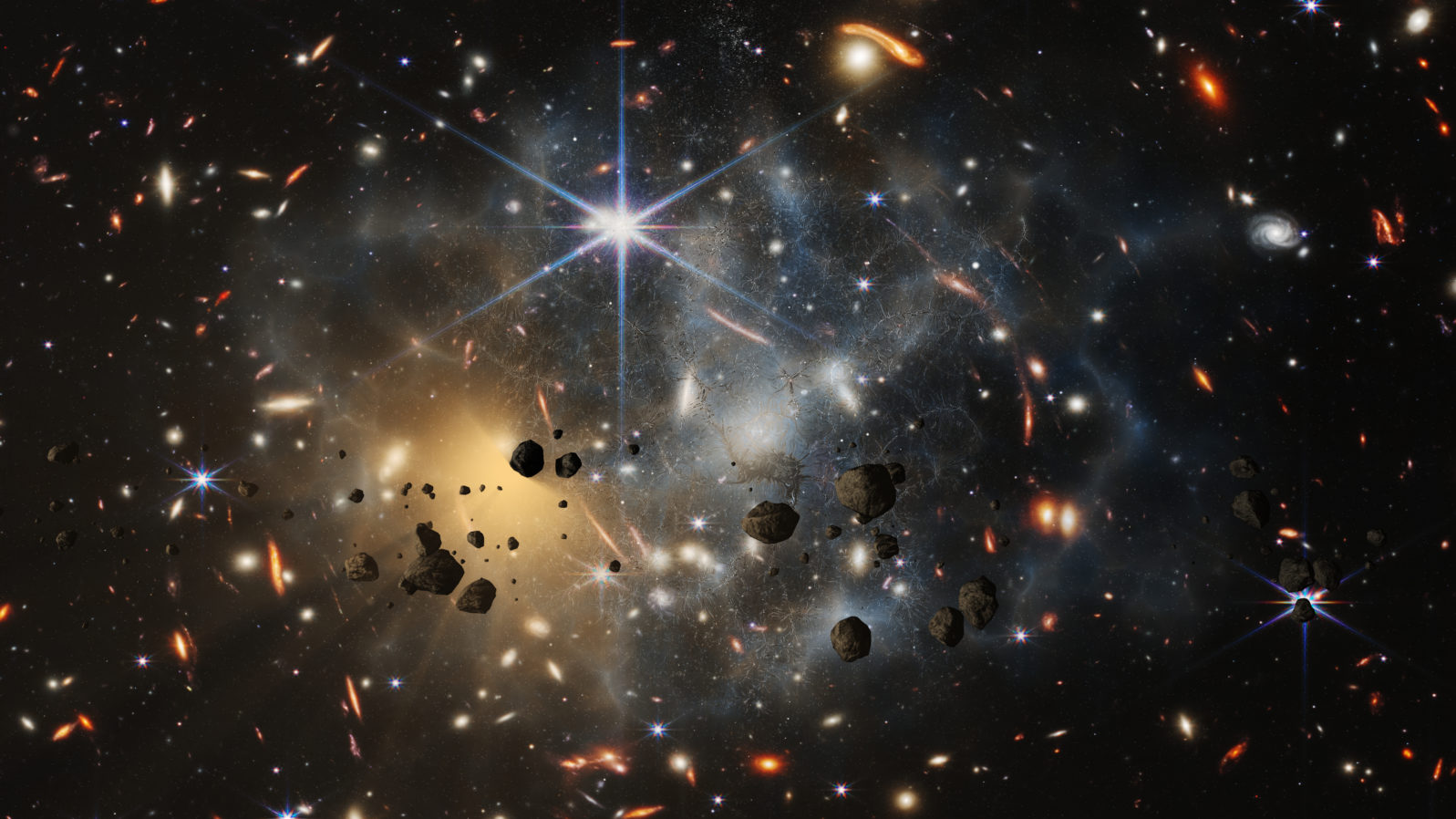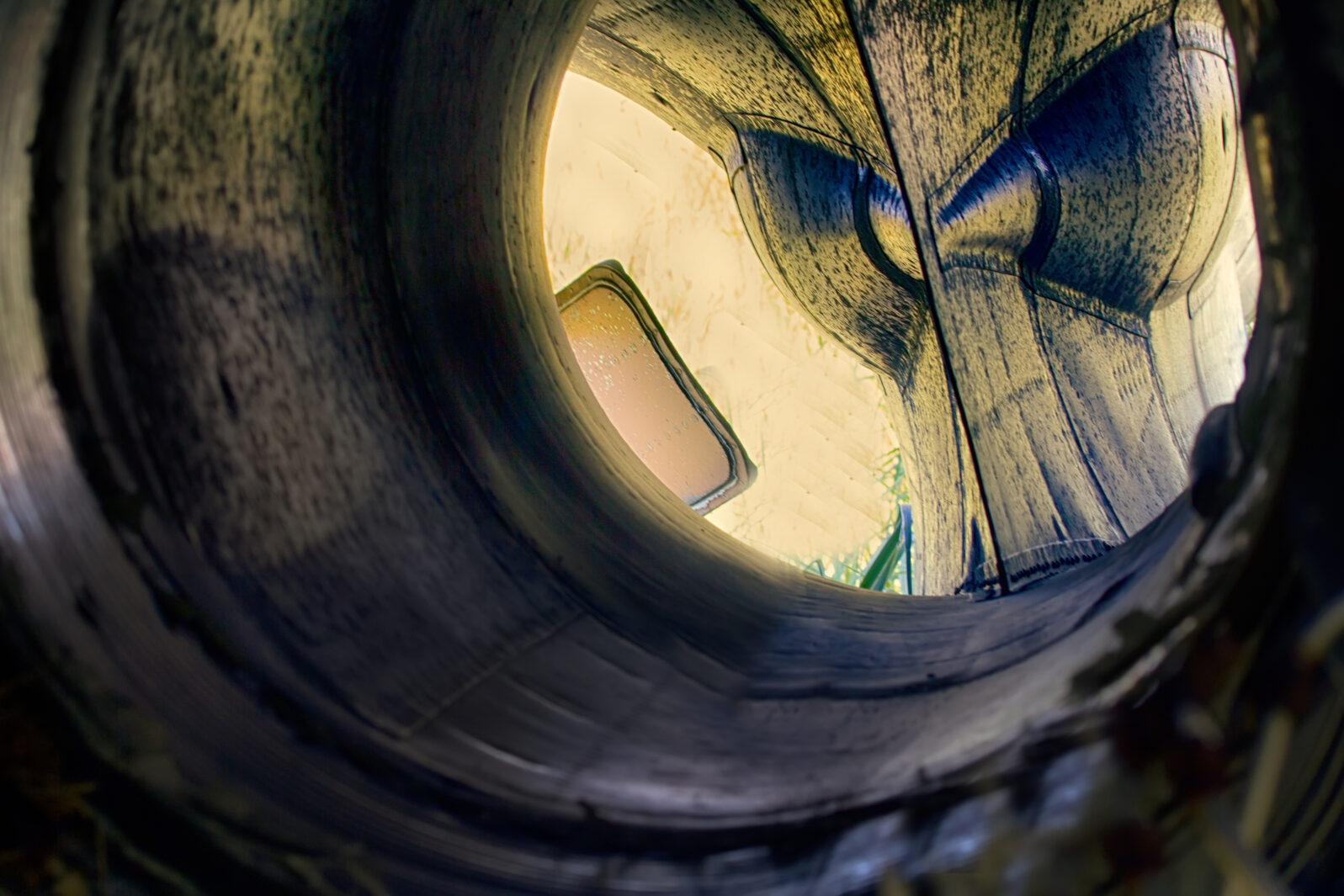Will the Driving Force for Space Exploration Be a Religious Cult?
Physicist Jay Olson, academic visitor in the Department of Physics at Boise State University, offers an interesting take on the future of exploring the universe:
Some time late this century, someone will push a button, unleashing a life force on the cosmos. Within 1,000 years, every star you can see at night will host intelligent life. In less than a million years, that life will saturate the entire Milky Way; in 20 million years – the local group of galaxies. In the fullness of cosmic time, thousands of superclusters of galaxies will be saturated in a forever-expanding sphere of influence, centred on Earth.
Jay Olson, “Capturing the cosmos,” Aeon, January 8, 2024
What? Star Trek raised to the nth power and rendered Earth-centric?

In our real world, we think (and must think) in terms of decades, not millions of years. As Seth Shostak points out, “If Captain Kirk were constrained to move at the speed of our fastest rockets, it would take him a hundred thousand years just to get to the next star system.” Faster than light (FTL) travel is still science fiction and may in fact be impossible.
Olson sees an answer in the von Neumann probe (VNP) — a self-replicating spacecraft that “could, one day, be used to explore every facet of the Milky Way in a relatively small window of time.” Futurism tells us
The general idea is to build a device out of materials that are readily available and easily accessible out in space, like on rocky planets or small moons. Once it finds a suitable destination, it lands and mines the material it needs to build even more devices, which, in turn, land on other planets and moons and build even more.
“What Is a Von Neumann Probe?/ Sci-Fi Visions,” Futurism
In Olson’s vision,
In addition to instructions to ‘reproduce and expand’, each probe will carry a vast library of genetic data and information to reconstruct human bodies and minds on each world, along with an array of plants, animals and cultural information. If you’re still reluctant to fund the project, suppose I throw in a perk: a copy of you, reconstructed with your current memories intact, installed as absolute ruler on countless worlds. Promise of an eternal reign in a heavenly realm has, after all, been known to motivate real people.
Olson, “Capturing the cosmos”
Estimates vary from half a million to ten million years for such a system to send millions of probes across the galaxy, constructing the materials for life and seeding suitable planets with it.
These are very long periods of time. How would transient humans remain interested? That’s where religion comes in.
Driven by cultic desires?
Olson thinks that the sponsors of the probes would be as much a cult as a scientific enterprise:
If your goal is to conquer and utilise the accessible Universe, you’ll need absolute certainty in your philosophy. At least, you’ll need to approach certainty before launching your VNPs (it’s no good changing your mind after the launch!) So, you’ll need to identify and recruit participants inclined to fully commit to your cause. And you’ll need to relentlessly purge dissenters who occasionally arise inside your organisation – they threaten to mutate the ‘absolutely certain’ goal. You’ll also have a strong incentive to adopt secrecy as a tool to prevent infiltration, spying and sabotage from competing groups, or government interference. So, then, what do you call an insular, highly dogmatic religion that ruthlessly enforces conformity? Exactly.
Olson, “Capturing the cosmos”
He also thinks he knows who would belong to the cult:
The humans recruited would be technical types, and those with connections, money or other useful resources. They would have to be attracted to (or tolerant of) cult-like behaviour, with personalities that accept the demand for extreme control, and for whom personal meaning, ‘secret knowledge’, and a new/special identity are a big draw. They would, of course, also be selected for a proven capacity to keep their mouths shut in the face of any number of red flags… I’m favouring small, secretive groups over large, overt players such as governments or big organisations, publicly dedicated to their own vision.
Olson, “Capturing the cosmos”
When the wheels come off
Yes this has been a bit of a walk on the wild side — but for a reason: If distant space travel ever really happened, despite the problem of vast time and distance, it could just as easily look like this as like Star Trek’s optimistic Boldly go.
In the real world, of course, neither will happen. In particular, multiple effects of entropy — the tendency of things to wear down over time — doom Olson’s idea. And how sure are we, for example, that we can create life even on Earth? So far, life only replicates and its origin is still unknown, despite systematic high-tech pursuit.
Here’s where the wheels come off his vision: He tells us, “Since Copernicus in the 1500s, humanity’s place in the Universe has been continually and relentlessly demoted by astronomy.”
No, it hasn’t. We are still the only known rational and moral creatures in the universe. Maybe we are not alone; perhaps we shall see. But absent any peers, there can certainly be no talk of demotion. And, while we are here, the literary licence granted to science fiction is not available to physics. “Time and chance happen to them all.” ( Eccles. 9:11b)
